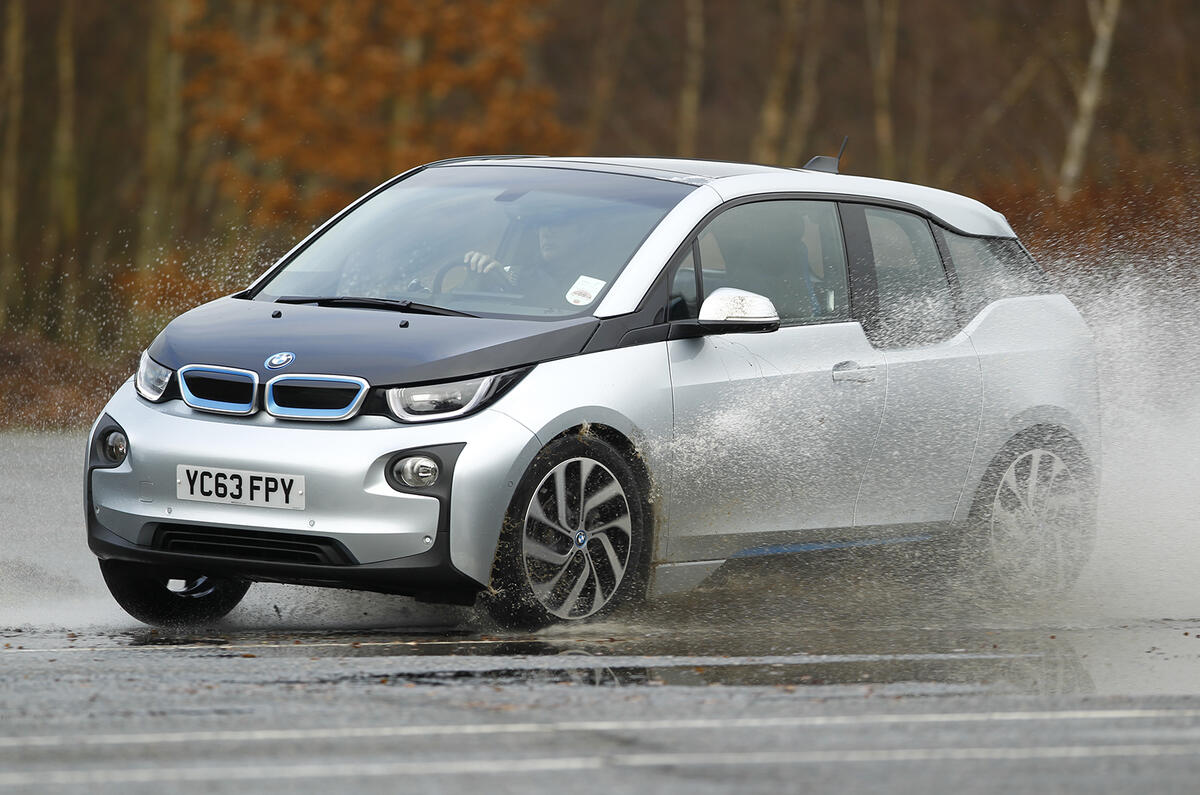I like electric cars. They’re relaxing to drive, they’re cheap to run and they’re unexpectedly engaging to use.
I write that having done several hundred miles in a couple of new EVs this last week, for reasons that will become apparent in the not-too-distant future.
Mock if you will. To a lot of people EVs must seem a largely pointless irrelevance, and the slow sales traction they’ve generated so far only seems to confirm the limited appeal.
Trouble is, unless they take off better now, they may never mature. As things stand, the critical mass of production volume needed to make the battery technology better is under serious threat of never materialising.
What’s required, it strikes me, is as much refinement of the modern electric concept as is possible in order to stoke up some momentum. So here are ten ways that the likes of Nissan, Renault, Tesla, Toyota, Mitsubishi, BMW and General Motors could make their electric offerings that bit better than they are right now.
1. Make good all-round visibility a priority
It’s routinely forgotten about these days, because crash safety and curvy styling are considered more important – but it matters more in EVs than in other cars. When your car doesn’t make a noise, other drivers often don’t know you’re there.
They cut you up on roundabouts, swerve into your lane on motorways, and generally make life a bit difficult for you. It’s not deliberate, just a bit careless. But in that scenario, it’s absolutely key that you’ve anticipated what’s about to happen. And you need to see what’s coming in order to do that.
2. EVs need to make a noise – but not all the time
Quiet is a vital part of the appeal of battery cars; the ones that buzz or warble artificially drive me potty. I love being able to drive my long-term Mitsubishi Outlander PHEV off my driveway at 6am without waking my 15-month-old daughter, who's asleep in the upstairs bedroom. And yet there’s a problem with such noiseless cars at manoeuvring speeds – again, because people don’t hear you coming.










Join the debate
Add your comment
Charging standards
Until the battery improves,
Americans have a gene which